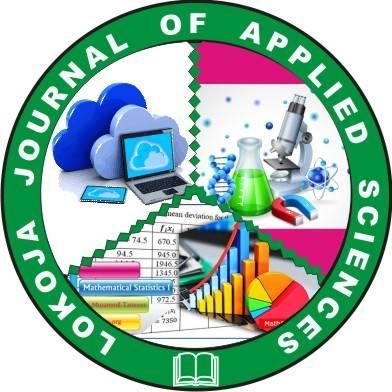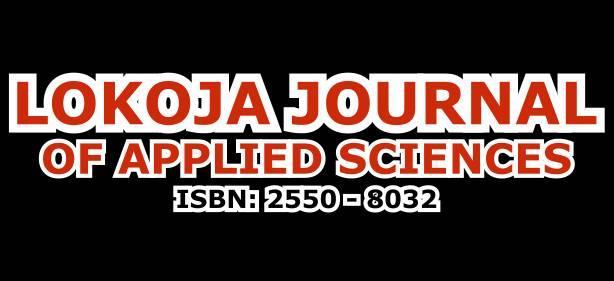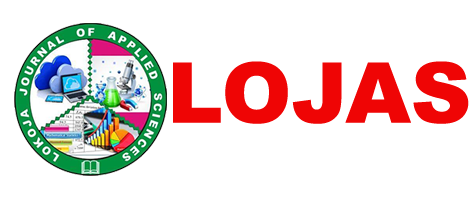
Differences between Water quality, Sanitation, and Hygiene (WASH) in the rural and urban areas have hindered meaningful development in Nigeria. Data available in recent times on this, is required in our bid to to proffer solutions to this menace effectively. This study is aimed at gathering data on the status of household WASH facilities in a remote village in Odugbo, Apa L. G. A. of Benue State, Nigeria. The survey was cross-sectional in design, and total sampling used to select 40 household respondents per village and five villages were covered in the study. Data were obtained via observational checklists, questionnaire, and key informant interview guide. Data was entered and analyzed using SPSS 20. Descriptive statistics like measuring the respondent’s percentage were used. The respondents had a mean age of 43.1 ± 16.4 years, only 10.9% had tertiary education. All the respondents reported that well water and river water were their primary drinking water source which are a times supplemented with rain water and sachet water, as water are a bit scarce in dry seasons. In over 70% of households, females were assigned the duty to fetch water, some households had well within 30 minutes from their houses. In toilet availability (21.5%) of the respondents owned pit latrine, of which only 10% shared their facilities with other households. Some good numbers of people (46.8%) of the respondents still practised open defecation at instances they could not access their household latrines. Due the inadequacies of toilet facilities in the area, disposals children faeces is a challenge as a high percentage of the respondent (83.2%) dispose their children faecal waste indiscriminately. It was observed from the results obtained that 90% of the respondents had waterborne diseases ailment more than twice in the past one year and that diseases such as Typhoid fever, Diarrhoea, Dysentery, Cholera and Malaria fever with 26.4%. 18.3%, 16.9%, 14.5% and 23.9% in that order respectively. Almost all the toilets has no water for hand washing. The condition of water and sanitation in the village was quite progressive. However, subsequent interventions should ensure the provision of motorized boreholes and well water with pumps to help in lessening the contamination that arise from manual fetching of the well water, toilet facilities are not available in non-household settings like farms and markets which call for attention as such circumstances encourages open defaecation,.
Afolalu, T. D., Wada, O. Z., Olawade, D. B., and Suntai, A. D. (2020). Prevalence of diabetes mellitus among adult residents of Tinda rural community, Nigeria. Journal of Biosciences and Medicines, 8, 107–116. https://doi.org/10.4236/jbm.2020.8110
Ezeh, O. K., Agho, K. E., Dibley, M. J., Hall, J., and Page, A. N. (2014). The impact of water and sanitation on childhood mortality in Nigeria: Evidence from demographic and health surveys, 2003–2013. International Journal of Environmental Research and Public Health, 11(9), 9256–9272. https://doi.org/10.3390/ijerph110909256
National Population Commission (NPC) & ICF International. (2013). Nigeria Demographic and Health Survey. Abuja, Nigeria, and Rockville, Maryland, USA.
Ocheri, M. I. (2010). Assessment of groundwater quality for rural water supply in Benue State, Nigeria (Doctoral dissertation). University of Nigeria, Nsukka.
Olalekan, R. M., Vivien, O. T., Adedoyin, O. O., et al. (2018). The sources of water supply, sanitation facilities and hygiene practices in oil producing communities in central senatorial district of Bayelsa state, Nigeria. MOJ Public Health, 7(6), 337–345. https://doi.org/10.15406/mojph.2018.07.00265
Ohwo, O. (2019). Dimensions of inequality in urban and rural water, sanitation, and hygiene services in Sub-Saharan Africa. European Scientific Journal, 15(8). https://doi.org/10.19044/esj.2019.v15n8p144
Salami, A., Stampini, M., Kamara, A., Sullivan, C., and Namara, R. (2011). Development aid and access to water and sanitation in sub-Saharan Africa (Working Paper No. 140). African Development Bank, Tunis, Tunisia.
Sridhar, M. K. C., Okareh, O. T., and Mustapha, M. (2020). Assessment of knowledge, attitudes, and practices on water, sanitation, and hygiene in some selected LGAs in Kaduna State, Northwestern Nigeria. Journal of Environmental and Public Health. Article ID 6532512. https://doi.org/10.1155/2020/6532512
UNICEF. (2017). Progress on drinking water, sanitation and hygiene: 2017 update and SDG baselines. UNICEF. https://www.unicef.org/publications/index_96611.html
United Nations Children’s Fund and World Health Organization. (2019). Progress on household drinking water, sanitation and hygiene 2000–2017: Special focus on inequalities. UNICEF & WHO https://www.unicef.org/media/55276/fle/Progress
Wada, O. Z., Oloruntoba, E. O., Adejumo, M., and Aluko, O. O. (2020). Classification of sanitation services and students’ sanitation practices among schools in Lagos, Nigeria. Environment and Natural Resources Research, 10(3). https://doi.org/10.5539/enrr.v10n3p55
Wada, O. Z., and Oloruntoba, E. O. (2021). Safe reopening of schools during COVID-19: An evaluation of handwash facilities and students’ hand hygiene knowledge and practices. European Journal of Environment and Public Health, 5(2), em0072. https://doi.org/10.21601/ejeph/9704
Wardlaw, T., Salama, P., Brocklehurst, C., Chopra, M., and Mason, E. (2010). Diarrhoea: Why children are still dying and what can be done. The Lancet, 375, 870–872. https://doi.org/10.1016/S0140-6736(09)61798-0
WaterAid. (2015). WASH and inequalities post-2015 toolkit. https://washmatters.wateraid.org/sites/g/files/jkxoof256/files/7%20WASH%20and%20inequalities.pdf
World Health Organization (WHO), and United Nations Children’s Fund (UNICEF). (2019). Progress on household drinking water, sanitation and hygiene 2000–2017: Special focus on inequalities. World Health Organization. https://www.who.int/publications/i/item/9789241516235
WHO/UNICEF JMP (2021), Progress on household drinking water, sanitation and hygiene 2000-2020: Five years into the SDGs
World Bank. (2019). NG Sustainable Rural Water Supply and Sanitation Sector Project (P170734): Project Information Document (PID). Report No: PIDC26989.
Sep-07-2021

